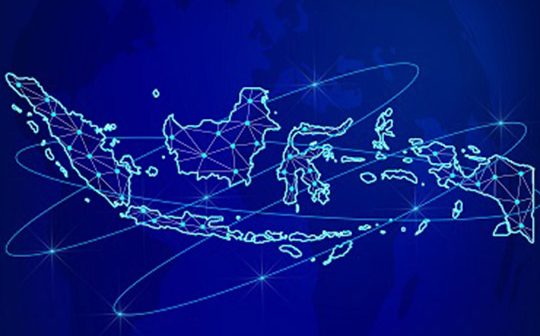
Indonesia’s proposal to substantially increase the minimum capital requirement (MCR) for insurance and reinsurance companies is expected to result in increased merger and acquisition (M&A) activities, resulting in further consolidation of the country’s insurance industry, which is estimated to grow at a compound annual growth rate (CAGR) of 6.4% from IDR264.8 trillion ($17 billion) in 2023 to IDR339.3 trillion ($22 billion) in 2027, according to GlobalData.

In May 2023, Otoritas Jasa Keuangan (OJK), Indonesia’s insurance regulator, proposed to increase the MCR of insurance companies from IDR150 billion ($10.4 million) to IDR500 billion ($34.6 million) in 2026 and further increase it to IDR1 trillion ($69.2 million) by 2028.
Similarly, the MCR for reinsurers is set to increase from IDR300 billion ($20.8 million) to IDR1 trillion ($69.2 million) in 2026, and IDR2 trillion ($138.5 million) in 2028. The proposal also recommends increasing the MCR for takaful and re-takaful operators.
Shivani Kela, Insurance Analyst at GlobalData, comments: “The new regulation is also expected to result in the transfer and closure of businesses for insurers with lower revenue due to an inadequate capital structure. Furthermore, such high capital requirements will also act as an entry barrier for small insurtech players that are looking to disrupt the market. This will take smaller players out of the competition and help larger players with higher capital strengthen their capabilities through consolidation.”
As of December 2022, there were 72 general insurers, 52 life insurers, seven reinsurers, 54 takaful (29 life and 25 general) operators, as well as four re-takaful operators conducting insurance business in Indonesia.
According to GlobalData’s Insurance Database, 66 of these entities had a written premium of lower than IDR200 billion ($13.8 million) in 2021 and are at a higher risk of not meeting the increased capital requirements.
Furthermore, 33 companies had a written premium between IDR200 billion ($13.8 million) to IDR500 billion ($34.6 million) and may also struggle to meet the new standards.
Shivani adds: “Smaller and loss-making insurers may find it difficult to attract investors and may be forced to wind up businesses. With a weaker capital structure, these companies will also struggle to invest additional capital in technology and R&D activities, which will impact their business performance.”
Some insurers in Indonesia are already struggling to meet the current MCR level in the country and have failed to raise the required capital. For instance, Wanaartha Life’s risk-based capital (RBC) ratio was negative in 2020 and the regulator revoked its license in December 2022 as it failed to meet the standards.
As of January 2023, the RBC ratio of the life insurance sector stands at 477.7%, while for general insurance, it stands at 321.8%, which is lower than the proposed MCR increase of 567%.
Furthermore, the average reinsurance cession rate of the Indonesian insurance industry over the last five years stands at 20.2%, which is higher when compared to APAC peers like India (8%), China (5.6%), and South Korea (5.4%), suggesting the lower capacity of local insurers with weaker capital structure.
Shivani concludes: “Despite posing short-term challenges like impeding R&D activities as well as lower technology spending, an increase in MCR will make insurers financially sound over the long run and improve consumer confidence, which will lead to higher local retention of premiums and reduced overseas ceding.”





